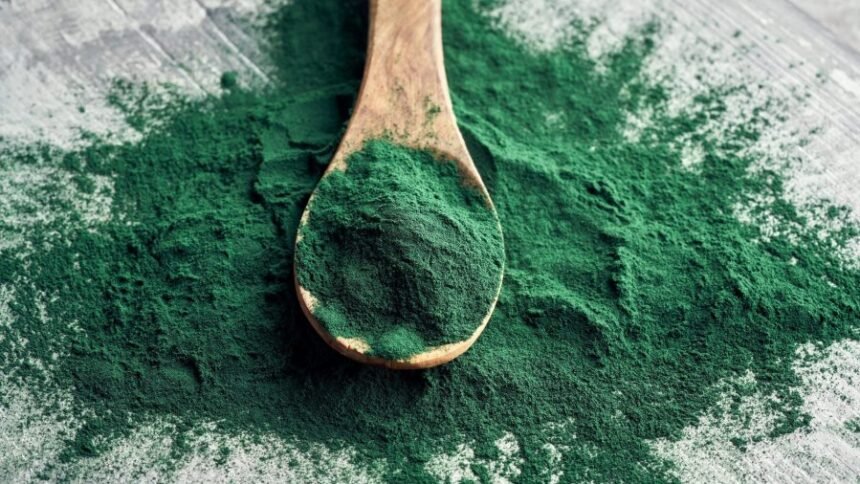Color is one of the most powerful elements in food presentation. It influences how we perceive taste, quality, and freshness. Among all shades, green stands out as a symbol of health, nature, and vitality. As the clean-label movement gains momentum worldwide, natural food colors are becoming a top choice for manufacturers seeking vibrant hues without synthetic additives.
Why Natural Green Food Colors Are in Demand
Consumers today are more aware of what goes into their food. Artificial colors, once commonly used, are being phased out in favor of natural, plant-based alternatives. Natural green pigments are especially popular in products that want to highlight health, freshness, or plant-based ingredients.
Unlike artificial dyes, natural green food colors are derived from plants, making them safer, more sustainable, and appealing to health-conscious consumers.
Common Sources of Natural Green Pigments
There are several natural sources used to produce stable and vibrant green hues:
- Spirulina: A nutrient-rich blue-green algae that provides a bright and stable green tone. It’s popular in beverages, confectionery, and dairy products.
- Chlorophyll: The natural pigment that gives plants their green color. Extracted from leafy greens like spinach, chlorophyll is a clean and label-friendly colorant.
- Matcha and Spinach Powder: These offer a more muted, earthy green shade, ideal for bakery and snack applications.
- Herbal Extracts: Mint, parsley, and other leafy herbs are also used for green shades in certain food categories.
Benefits of Using Natural Green Food Colors
- Clean-Label Appeal
Natural green food colors align perfectly with clean-label trends, meeting consumer demand for simple and transparent ingredients. - Positive Health Perception
Green is strongly associated with health and freshness, making it ideal for better-for-you food and beverage products. - Vegan and Allergen-Free Options
Most natural green pigments are plant-based, suitable for vegan, vegetarian, and allergen-friendly formulations. - Versatile Applications
Green food coloring works across multiple product categories, from bakery and beverages to dairy and confectionery.
Applications of Natural Green Food Colors
- Beverages: Smoothies, juices, flavored waters, and health drinks use spirulina or chlorophyll for a vibrant, refreshing green shade.
- Bakery and Snacks: Matcha or spinach powder adds a natural green hue to cookies, cakes, and bars.
- Confectionery: Green gummies, candies, and frostings often use plant-based pigments.
- Dairy Products: Ice creams, yogurts, and milk-based desserts incorporate natural colors for eye-catching appeal.
Stability and Formulation Tips
Natural green colors can be sensitive to pH, heat, and light. Chlorophyll, for example, may fade in acidic conditions, while spirulina is more stable but needs protection from high heat. Manufacturers often use microencapsulation or blending techniques to maintain shade stability throughout processing and shelf life.
The Future of Natural Green Food Coloring
With consumers increasingly choosing plant-based and better-for-you products, natural green food colors are set to grow in popularity. Innovations in extraction and stabilization are making these pigments more versatile and longer-lasting, making them a practical choice for global food brands.
Final Thoughts
Natural green food colors offer a perfect balance of vibrancy, safety, and consumer appeal. Derived from trusted plant sources like spirulina and chlorophyll, they help brands create visually stunning products while staying true to clean-label principles.
In an industry that’s rapidly moving away from artificial additives, natural greens aren’t just a trend — they’re the future of food coloring.







